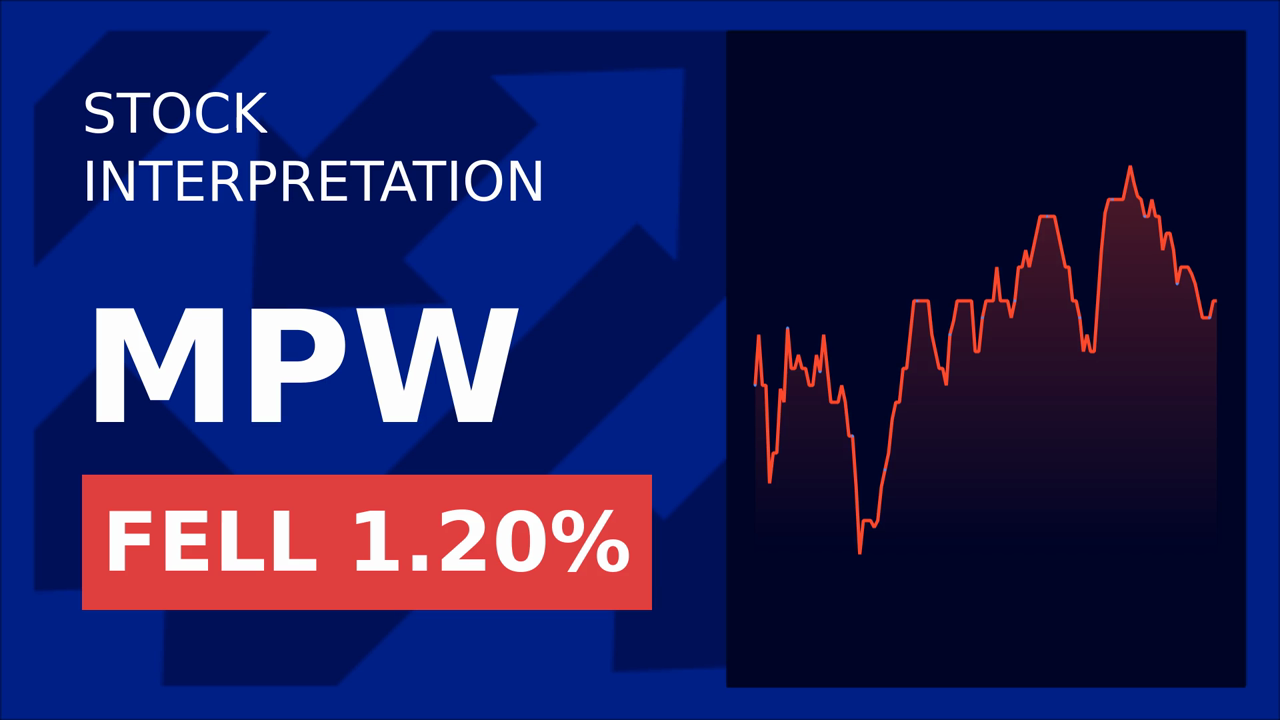Life Science REIT Plc: A Shift in Power as Big Investors Trim Stakes?
The recent Form 8.3 filings for Life Science REIT Plc, a real estate investment trust focused on life sciences properties, reveal a complex dance of buying and selling among its top institutional shareholders. While some investors are trimming positions, others are making subtle adjustments—raising questions about the REIT’s valuation and strategic direction.

The Players and Their Moves
Let’s break down the key transactions:
Rathbones Group Plc: Selling but Holding Steady
Rathbones, the largest shareholder with a 14.72% stake, sold 56,035 shares across multiple transactions in April 2025, with prices ranging from 40.14p to 41.425p. However, internal transfers (e.g., moving shares between accounts) offset these sales, keeping its overall position unchanged. This suggests Rathbones is rebalancing its portfolio rather than exiting the investment.
The sales at prices between 40p and 41.4p hint at a conservative valuation floor for the stock. Investors might want to monitor whether Rathbones continues to adjust its holdings or doubles down if the stock weakens further.
Vanguard: A Mysterious High-Price Sale
The Vanguard Group, holding 1% of the company, reported a puzzling transaction: selling 1,483 shares at 420p on April 8, 2025. This price is ~10 times higher than the 40p–41p range seen in Rathbones’ sales. Such a discrepancy could indicate a reporting error, a bulk sale with unique terms, or a misunderstanding of share classes. Given Vanguard’s reputation, an error is plausible, but without further clarification, this remains a red flag.
Russell Investments: Trimming at Mid-Range Prices
Russell Investments Ltd, with a 1.89% stake, sold 15,023 shares at ~42.3p, slightly above Rathbones’ high but far below Vanguard’s outlier. This suggests Russell is positioning for modest growth or adjusting risk exposure at current valuations.
The Bigger Picture: What Does This Mean for Investors?
- Stability in Top Holdings: Rathbones’ internal transfers indicate no immediate sell-off, which could reassure investors about the REIT’s long-term prospects.
- Valuation Clarity Needed: The Vanguard sale’s anomaly demands scrutiny. If confirmed, it might reflect a special share class or a misreported currency conversion.
- Sector Sentiment: Life science REITs often benefit from trends in biotech and healthcare real estate demand. However, if major players are trimming stakes, it could signal concerns about occupancy rates or rising interest costs.
Data-Driven Insights
- Rathbones’ Effective Cost Basis: Selling at 40p–41p versus holding 14.72% suggests confidence in the stock’s intrinsic value but also a willingness to take profits at lower ranges.
- Russell’s Mid-Range Sales: The ~42.3p price aligns with a neutral stance, neither bullish nor bearish.
- Vanguard’s Outlier: If the 420p sale is accurate, it would imply a 500% premium, which is nearly impossible in a liquid market—making it statistically unlikely.
Conclusion: Caution Amid Adjustments
The Form 8.3 filings paint a nuanced picture. While Rathbones and Russell’s adjustments are minor and likely strategic, Vanguard’s transaction demands clarification. For now, investors should:
- Watch the stock price: If the share price remains in the 40p–42p range, it reinforces Rathbones’ valuation. A sustained move above 42p could indicate Russell’s sales were tactical, not bearish.
- Monitor future filings: Any further sales by top holders could signal broader sentiment shifts.
- Beware the Vanguard anomaly: Until resolved, it clouds the REIT’s transparency.
Life Science REIT Plc’s future hinges on its ability to deliver occupancy growth in life sciences properties—a sector with long-term tailwinds. Until the reporting quirks are sorted, cautious optimism seems prudent.
Data as of April 2025 filings. Always consult a financial advisor before making investment decisions.


_442a2dcc1749832873286.jpeg)
_e68fac6d1749831664430.jpeg)






